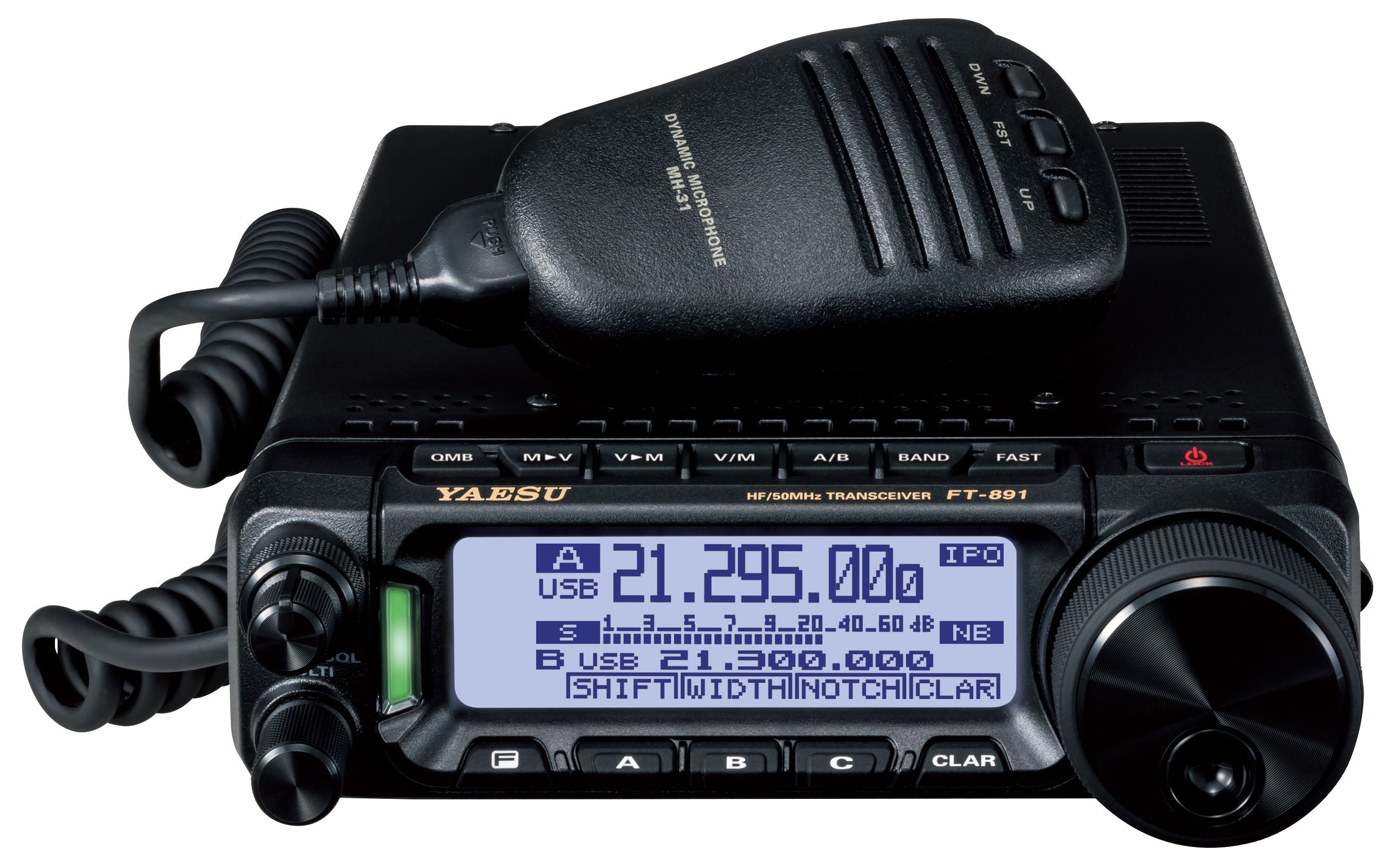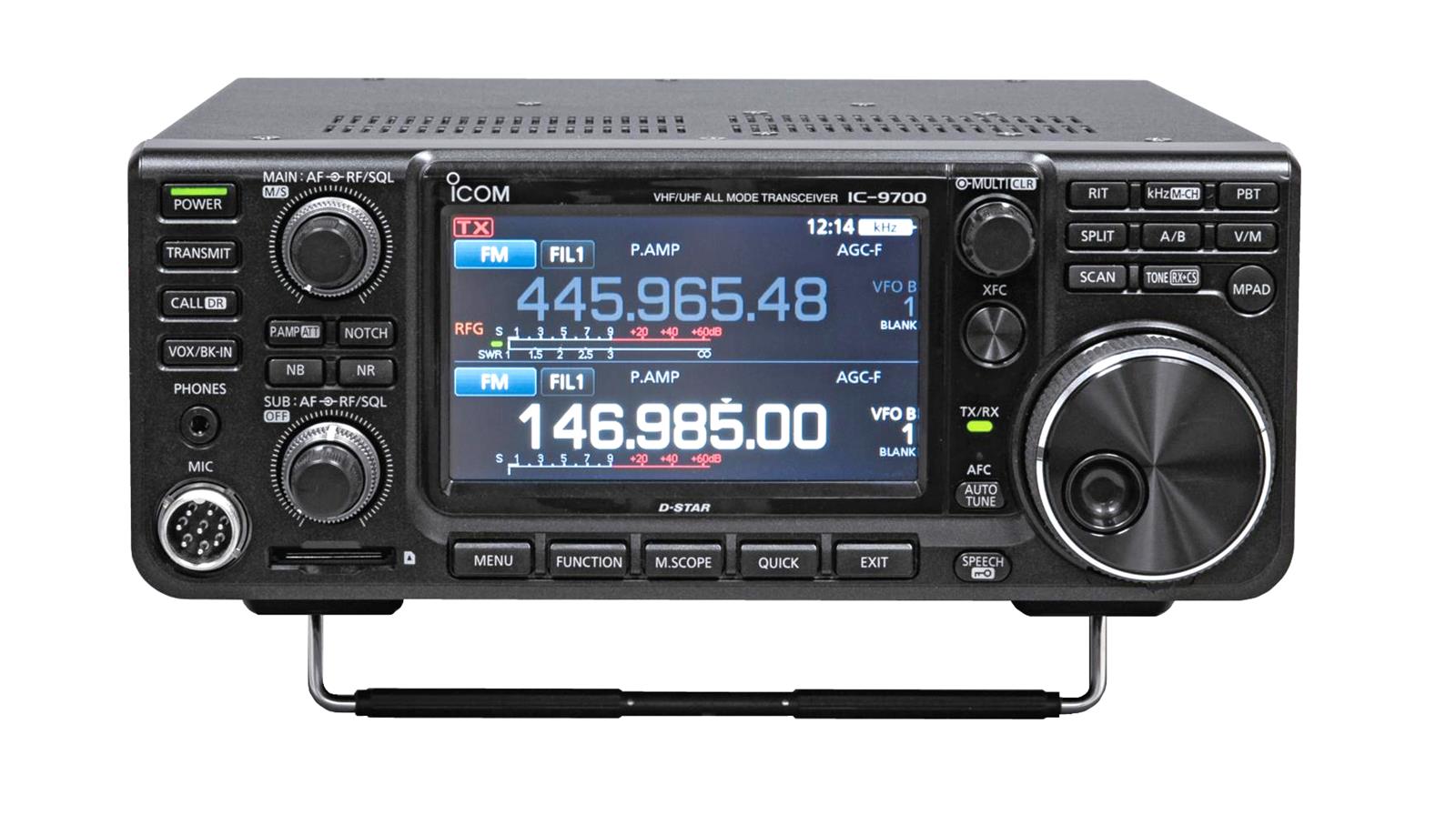 Image courtesy of Baofeng Radio.
Image courtesy of Baofeng Radio.Originally published on 06 October 2023
It’s been a couple of weeks since I announced that I got my amateur radio license and wanted to provide an update on what I’ve been doing since then.
Broadly speaking (and according to my limited understanding), there are three types of amateur transceivers, or radios:
 Image courtesy of Baofeng Radio.
Image courtesy of Baofeng Radio.
 Image courtesy of GigaParts.
Image courtesy of GigaParts.
 Image courtesy of DX Engineering.
Image courtesy of DX Engineering.
Like any gear-oriented hobby, you can spend countless hours researching equipment and ham radio is no different. I spent way too much time reading reviews, watching YouTube recommendations and making spreadsheets about which radio to purchase. Ultimately, I decided to focus my attention and checkbook on an HT as these would allow me the easiest path to get on the air. Some of the popular contenders that made my short list included:
A radio from Baofeng, specifically, the 5W UV-5R, which is the amateur radio’s equivalent to Marmite. Proponents of the radio praise it’s cheap entry level price and availability to quickly get you on the air. Detractors rail on its cheap build quality, scratchy sound and questionable compliance with U.S. FCC regulations. In addition to the UV-5R, I also was interested in the BF-F8HP, which is the successor to the UV-5R, the UV-9R which is an 8W and waterproof version of the UV-5R, and the GT-5R, which is supposed to be a “100% legal version of UV-5R”.
Radioddity GC-5 which is a relatively new model similar in price and feature set to the UV-5R.
Radios from Yaseu, including the FT-4XR, which is like an upgraded version of the UV-5R, the FT-60R, which is an older but very highly recommended unit, the FT-65R or the FT-70DR which also includes some digital modes such as Yaesu System Fusion.
Ultimately, I decided to take advantage of the QRZ Jumpstart Program which offers new hams a discounted price on the Explorer QRZ-1 offered through GigaParts. All in, it cost me $34 which includes the radio, a license for the RT Systems Programming software, a programming cable and a “New Ham Welcome Guide” which basically contained some discount codes for future Gigaparts orders on select items.

At some point in the future, I may decide to do a review of the radio. For now, the only modification I have made, based on recommendations from other club members, is to upgrade the stock “rubber duck” antenna with this “whip” type antenna from Diamond.
As I mentioned in my previous post, I recommend finding and joining a local amateur radio club. Most areas have multiple clubs so I’d suggest attending meetings for a few of them. Most meetings are still virtual, while some have switched to a hybrid model combining both in person attendance and virtual sessions. Here in the Boston area, I’ve recently joined the Boston Amateur Radio Club which not only has monthly meetings, but also an active mailing list which helps to stay in touch with members and learn about events in between meetings. While making on-air QSOs is certainly a lot of fun, it’s also important to cultivate those face-to-face interactions as well. There are a few other local organizations that I would like to join and whose meetings I would like to attend as soon as my schedule permits.
After having received my Technician license, I’m quickly recognizing that amateur radio is more of a “hobby of hobbies”. There is just so much surrounding it that it becomes easy to succumb to “paralysis analysis” in terms of where to begin. I got a hint of this when I started compiling the list of ways to get involved and get started with ham radio after getting your license when I was drafting my last post. I’m also discovering that getting your license is less of a license to legally operate on the air, but more of a license to learn more about what the hobby entails. The learning doesn’t stop after passing your test; in fact, the material you learn to pass the exam is a microscopic fraction of what awaits you if you’re curious and eager to learn more. Unfortunately, I haven’t been able to find a proper learning path or formal set of guideposts to help me along but that’s because there isn’t one. Getting a license gives operators the freedom to chart their own path and to experiment wherever their curiosity takes them!